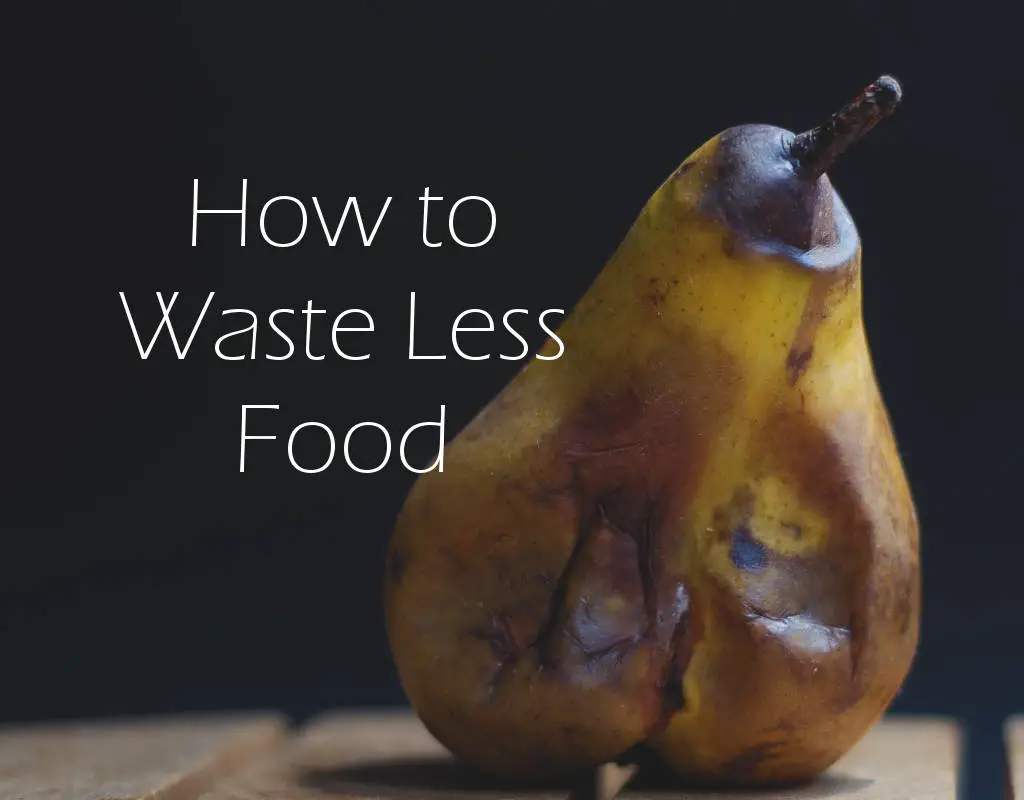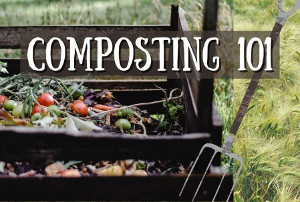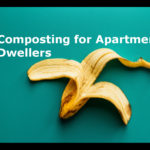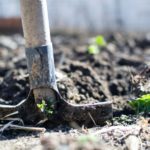What Happens in a Landfill?
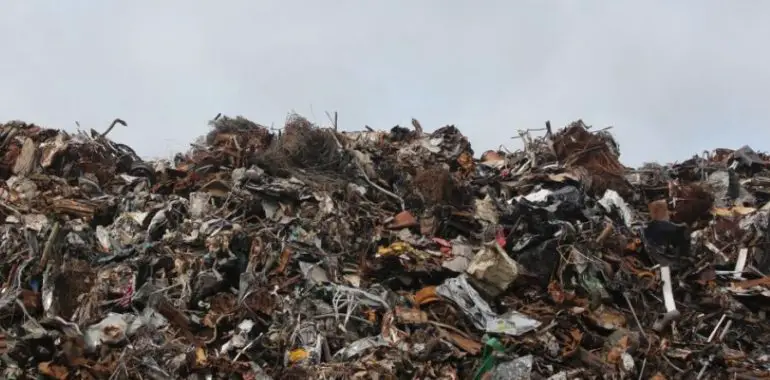
What Happens in a Landfill?
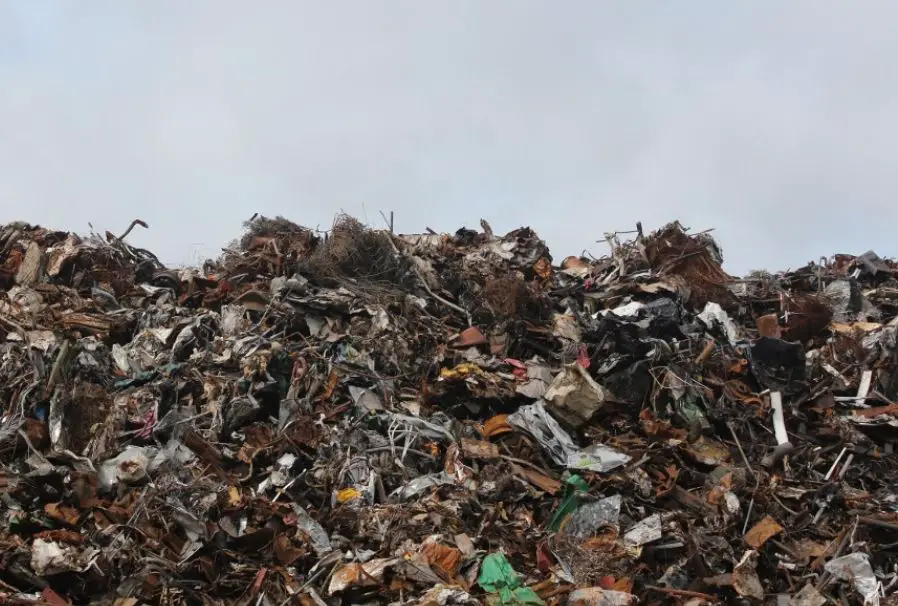
Many people picture landfills as big holes dug in the earth where trash is dumped in and some soil is layered over the top. They assume the plant-based stuff like yard waste, paper products and food will break down within a few years, like it would if you buried it in your backyard. And then the only items left will be things like plastics and metals. But landfills are much more complex than this. Let’s take a look at what happens in a landfill.
Anatomy of a Landfill
First of all, trash cannot simply be dumped into a big hole, because all sorts of toxic liquids and gases could leak out into groundwater supplies and the atmosphere. Think of all the types of hazardous materials that wind up in landfills – batteries, paint, cleaners, rusting metals, medications, rotting food, and on and on. Over time, as rainwater seeps down into the landfill, it mixes with all these elements and creates a toxic liquid stew of “leachates” and gases.
In an attempt to keep leachates from seeping down into underground water supplies, landfills are lined and capped with thick layers of clay and plastic. There are also piping systems to siphon off the liquids and gases that are created, which are then treated and/or used as natural gas energy. This video illustrates how this all works, and how it can also go wrong.
The Problem with Food and Yard Waste in Landfills
The trash inside a landfill is compacted, sealed and trapped in an anaerobic (no oxygen) state, and can’t break down like it normally would because the types of insects and microorganisms that do the work of consuming and breaking down these items can’t survive without oxygen.
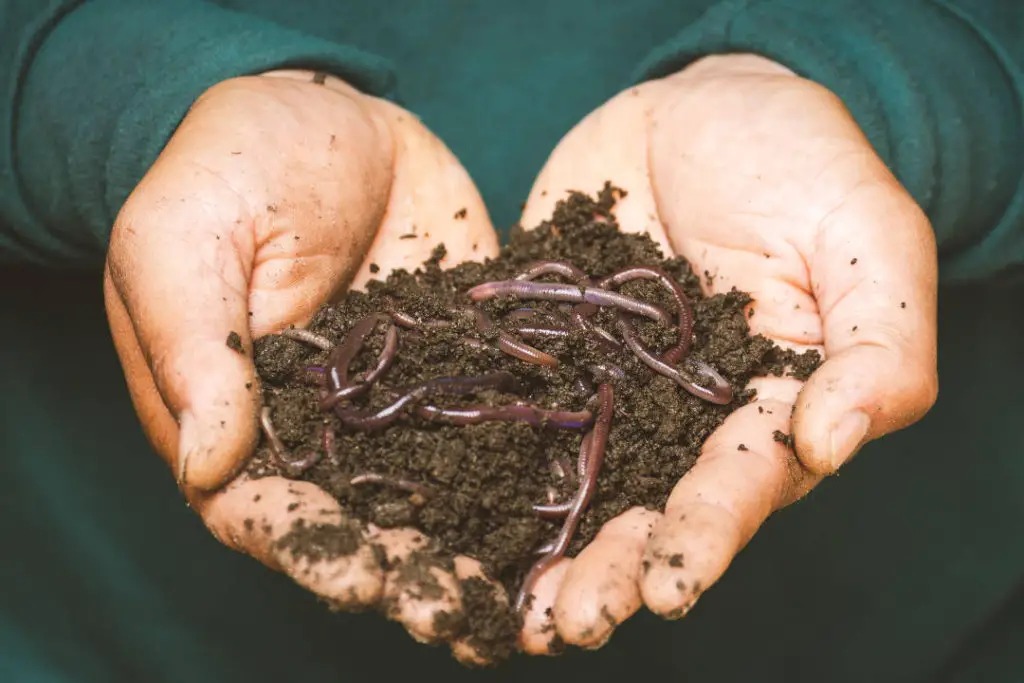
So instead of facilitating the breakdown of organic materials, a landfill can preserve them indefinitely. Scientists have even excavated landfills to find 30-year old newspapers that are still readable and decades-old heads of lettuce in pristine condition!
When organic materials like leftover food waste, grass clippings, dead leaves do break down in a landfill, they do so in an anaerobic way, which is digestion in a non-oxygenated state. This type of digestion creates methane and carbon dioxide. If those gases aren’t trapped completely by the landfill piping mechanisms, they wind up in the atmosphere.
Methane is estimated to trap 100 times more heat in the atmosphere than carbon dioxide over a five-year period, so even small amount of it can be a serious contributor to climate change. Keeping food and other organic waste out of our landfills is something we can all do to make a real impact on reducing the levels of greenhouse gases released into the atmosphere.
Tips for Keeping Organic Waste Out of Landfills
Make an effort to waste less food. Less food wasted has enormous environmental benefits and energy savings for the entire process of food production, packaging, transportation, preparation and disposal. Here are some tips on how to waste less food.
Don’t put yard waste in the trash. If your community takes yard waste in paper bags for composting, that’s a good solution. Also consider leaving grass clippings on the lawn. It’s actually beneficial to the soil. Other dead leaves, branches and so on can be piled in a corner of your yard.
Start composting your food and yard waste. Composting is great for the environment and your soil. New to composting? We have a beginners guide called Composting 101 with all the information you need to get started.

